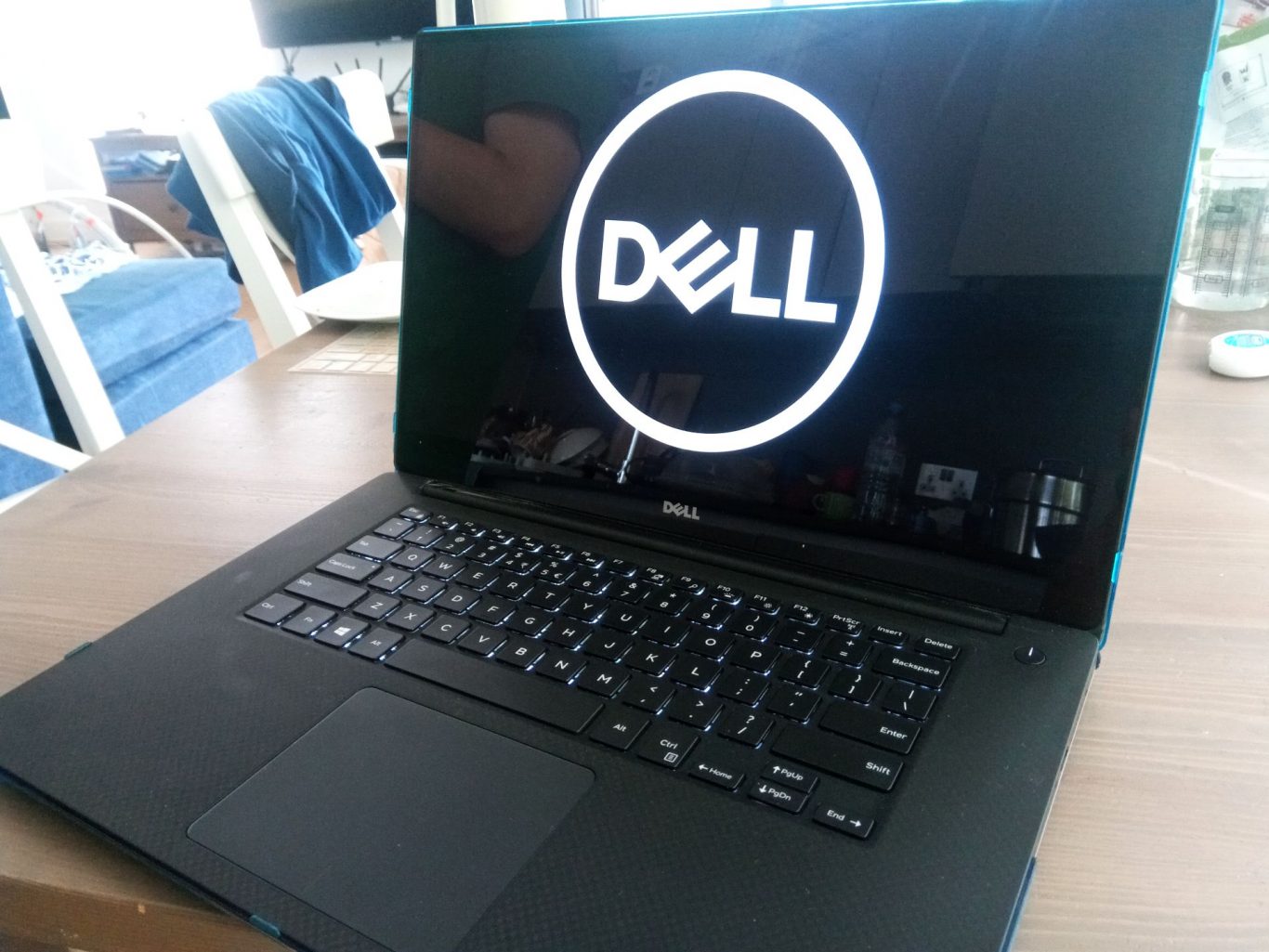

Go into your browsing history, then click the button at the top that says, "Clear browsing data.” Every browser has a different method, but here's how you can do it in Chrome. This won't fix every problem, but it does help by giving you a blank canvas to work with.

This is sometimes referred to as a "Hard Reboot," and although it's not ideal, it is essentially the same thing as restarting.Īnother thing you can do that's easy is clearing out your browser's cache. Instead, you’ll have to press down the power button and hold it until your computer shuts off. Remember, though, if your computer freezes, you won't be able to restart the computer using the on-screen menu. The oldest advice is sometimes the best: if you want to get your computer back on track, try restarting it. Try Malwarebytes for Mac, a popular malware removal tool which is comparable to SpyBot Search & Destroy. If you notice emails and posts that you don't remember sending or posting, it's likely that you have a virus.Īpple’s macOS has long been touted as the virus-resistant operating system, but it’s not invulnerable, and Apple-targeting viruses are becoming far more common. Keep an eye on your email's "sent" folder and on your social network posts. Try SpyBot Search & Destroy because it digs deep into your settings to find any problems spyware has left behind.
IMAC KEEPS FREEZING NO MOUSE OR KEYBOARD SOFTWARE
If you are bombarded with pop-up ads, first run a scan with anti-spyware software to double check. This is especially true if the pop-ups advertise some magic cure-all to your "virus woes." Then again, if pop-ups are coming at you when your browser isn't even open, you may have a virus. If you still see regular pop-ups on more than one site, it could be a badly configured browser. Running into a pop-up ad while you're surfing used to be a serious annoyance, but modern browsers include pop-up protection to prevent the clutter. This will automatically fire up Apple Diagnostics, which will analyze your computer and present a report. Then go to Apple Menu > Restart, then hold down the D key. To access either program, disconnect all external devices and close all your windows. Click here to find out at what point you should just cut your losses.Īpple has two built-in programs, Apple Hardware Test (for Macs built in 2012 or earlier), and Apple Diagnostic (for Macs released in 2013 or later). If your computer is newer, it might still be under warranty, in which case you'll want to contact the manufacturer or seller.įor an older computer, you need to decide if it's less expensive to repair or replace it. It has plenty of other tools for checking out your computer, including MemTest for putting a strain on your computer's RAM to see if it's working OK. If you want to go more in-depth, you can grab a diagnostic CD like FalconFour's Ultimate Boot CD. A program like SpeedFan can tell you if your computer processor is overheating, or if the voltages are fluctuating, which might be a problematic power supply.

Use a program like CrystalDiskInfo to check your hard drive's S.M.A.R.T. Fortunately, you can run some checks and see if that's the case. Or it will trigger when the computer is working hard, but not when you're doing more basic things. Usually, with a hardware problem, the freezing will start out sporadically, but increase in frequency as time goes on. In some cases, it might also be your motherboard, although that's a rare occurrence. This may be a problem with your computer's hardware – your hard drive, an overheating CPU, bad memory, or a failing power supply. Maybe your computer freezes in both normal mode and Safe Mode.


 0 kommentar(er)
0 kommentar(er)
